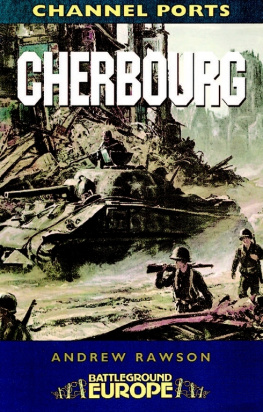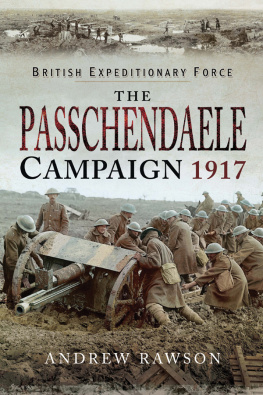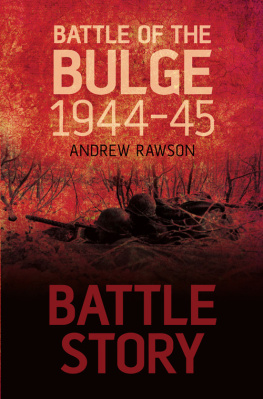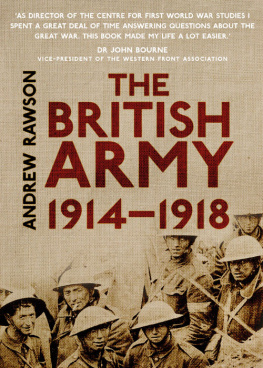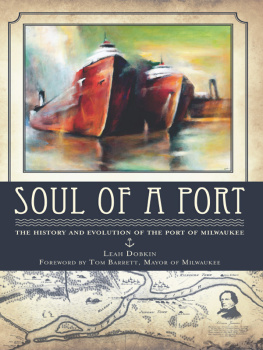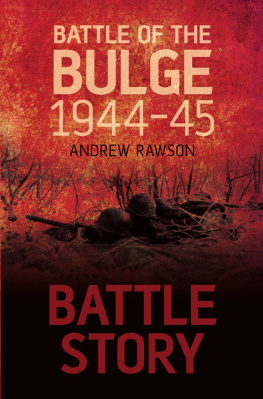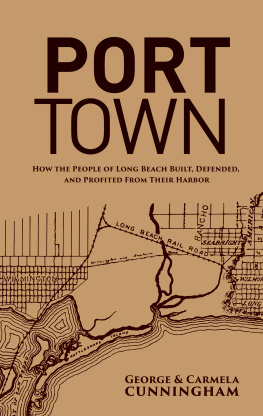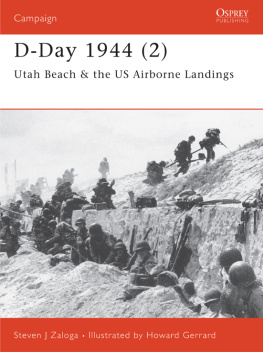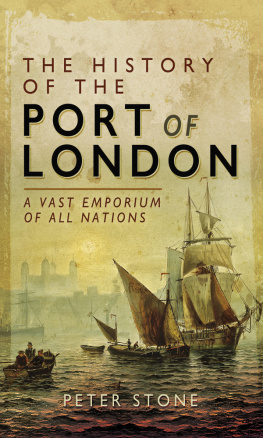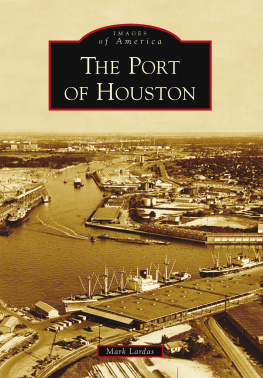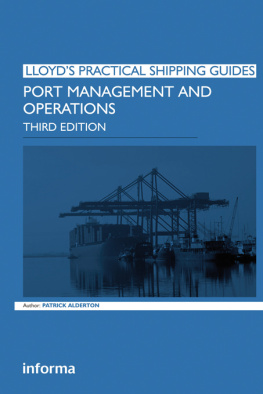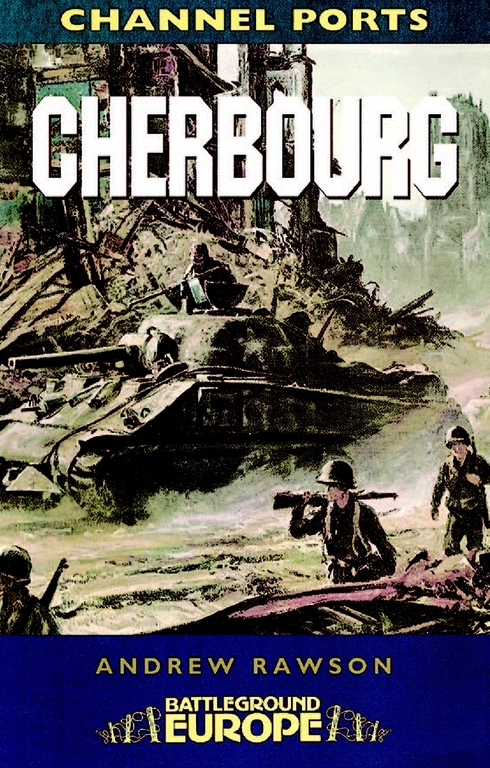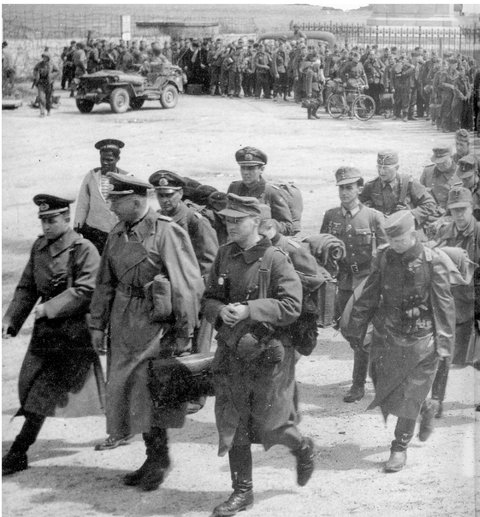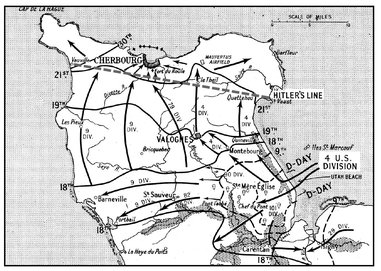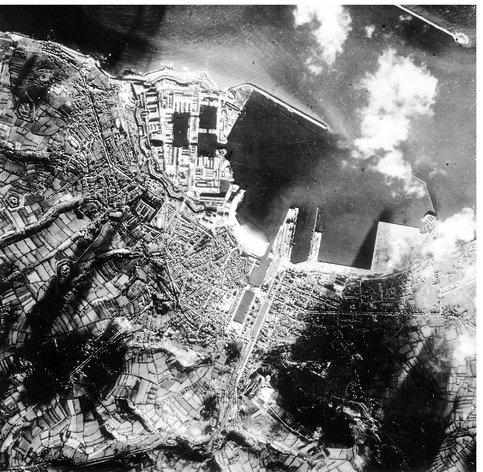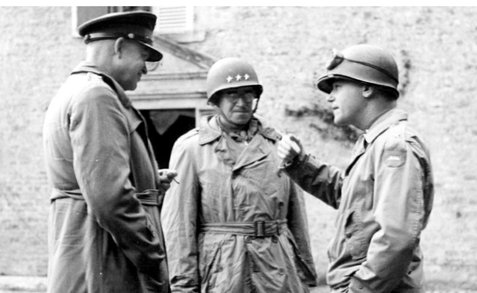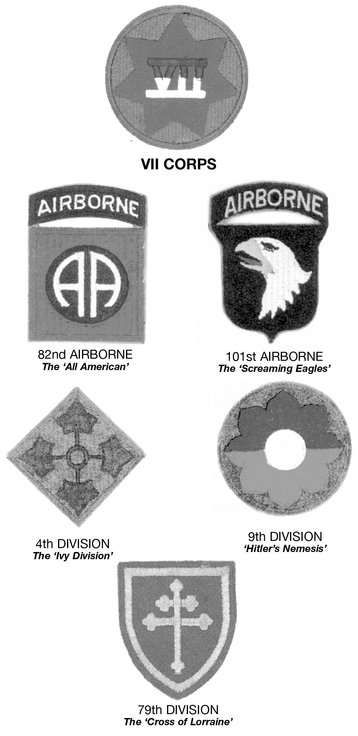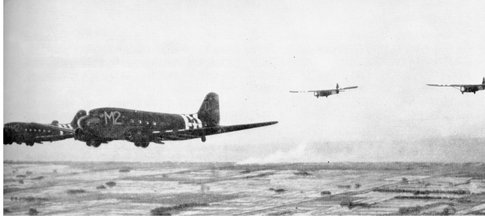ACKNOWLEDGEMENTS
When people are asked to recall what they know of about the American involvement in the Normandy campaign during the summer of 1944, most immediately refer to the landing on Omaha beach immortalised in Steven Speilbergs film Saving Private Ryan . Others remember the airborne landings around Ste Mere glise referring to the Steven Ambroses book and the film that followed, Band of Brothers . Yet for two weeks in June 1944 Americas eyes were focussed the capture of the port of Cherbourg, a vital objective in Eisenhowers plan for the build up of Allied troops on the French coast.
Many visitors to the memorials and cemeteries on the Normandy coast pass through the port, yet few know that the city was the focus of a fierce battle, one in which General Lightning Joe Collins VII Corps suffered over 7,000 casualties. For six days American troops fought their way through the ring of emplacements and strongpoints surrounding Festung Cherbourg while German engineers laid waste to the dock facilities, complying with Hitlers order to deny the port to the Allies. The battle for Cherbourg was an important campaign in the history of the Normandy, but it is one overshadowed by the events that took place before it and in the weeks that followed. Hopefully, this book will redress the balance and visitors to the Cotentin Peninsula will take time to understand why the battle for Cherbourg should not be forgotten.
Several people have assisted me in the preparation of this book, and my studies would have been impossible without their help. All the staff at the US National Archives in Washington DC, made me feel particularly welcome and did what they could to make sure that my visit to the USA was both productive and enjoyable. David Giodarno gave me a useful guided tour through the printed documents and continued to keep an eye on me as my work progressed; his assistance was invaluable. Beth Lipfords guidance as I searched through the archives indexing system meant that I received the material I needed on time. Holly Reed made sure that I obtained the photographs I required in the stills department and Tom McAnear worked hard to locate the maps I wanted from the cartography room. They all made sure I had the documents I needed before my departure date; customer service is uppermost in the minds of the staff at the NARA.
In the UK I would like to thank Roni Wilkinson at Pen and Sword for initially suggesting the idea and drawing together my words and illustrations to produce the book you hold in your hands.
Finally, I would like to dedicate this book to my son Alex who accompanied me on my first visit to Cherbourg. Let us hope that his generation only go abroad for pleasure rather than to fight for the freedom of an occupied country.
The inevitable outcome of the Battle for Cherbourg, captured German troops, led by their officers, march off into captivity.
The Cotentin Peninsula; Cherbourg was VII Corps first objective after establishing its beachhead at Utah. This is how the campaign developed.
the city and port of Cherbourg taken before D-Day
CHAPTER ONE
Establishing the Beachhead
Cherbourg had featured heavily in the Allies planning for the landing on the Normandy coast. Once a secure beachhead had been established General Omar Bradley had to secure the port as soon as possible. The build up of troops needed to push inland would quickly outstrip the capacity of the temporary harbours built on the beaches. Planning had been dominated by the need for adequate port facilities to maintain the flow of men, equipment and supplies from England to the front line. VII Corps Field Order Number 1, issued on 28 May 1944 emphasised the importance of Cherbourg:
VII Corps assaults Utah Beach on D-Day at H-Hour and captures Cherbourg with minimum delay.
Meanwhile, V Corps would land on Omaha Beach, securing the area east of the River Vire, linking up with British troops at Bayeux. As soon as the two American Corps had contacted at the town of Carentan, General Lightning Joe Collins, VII Corps commander, could turn his attention to forcing a route across the Cotentin, cutting off Cherbourg from the rest of the German Seventh Army. Originally it had been expected that the port would be captured on D+8, but a reassessment of the German troops in the area made a few days before the landings put the date back to D+15.
General Lightning Joe Collins briefs General Eisenhower and General Bradley, First US Armys leader.
C47- Skytrains (Dakotas) tow Waco gliders over the Cotentin Peninsula.
Following a spell of poor weather at the beginning of June, General Dwight D Eisenhower, Supreme Commander of OPERATION OVERLORD, finally fixed the date for D-Day and during the early hours of 6 June hundreds of bombers, transport planes and gliders flew over the Normandy coast as thousands of men huddled in landing craft and ships headed for the beaches; the Allied assault on Nazi occupied Europe had begun.
The first phase of VII Corps plan was to land two airborne divisions on the Cotentin Peninsula to secure the inland areas ahead of the sea borne invasion. The paratroopers and glider troops were expected to capture crossings over the Douve and Merderet Rivers but poor weather conditions caused havoc and hundreds of men landed miles from their intended drop zones.
General Matthew Ridgways 82nd (All American) Airborne Division was either side of the Merderet River. 505th Regiment landed east of the river and secured Ste Mere glise after heavy fighting. Meanwhile, 507th and 508th Regiments were scattered along the banks of the river, where the Germans had flooded the area, and isolated groups of men spent the day fighting for the crossings over the river. Major-General Maxwell D Taylors, 101st (Screaming Eagles) Airborne Division was also spread over a wide area south and east of Ste Mere glise. Despite the confusion, 501st Regiment pushed south towards Carentan, securing crossings along the Douve River as 505th and 507th Regiments cleared the area inland of Utah Beach.
While the two airborne divisions struggled to secure their drop zones, the landing craft carrying the first wave of the 4th Infantry Division were approaching Utah Beach. Three out of the four craft responsible for guiding the landings were either disabled or sunk at an early stage and the remaining vessel struggled to guide the division ashore in the strong offshore currents. The division landed over a mile south of their intended target where the beach defences were weaker than expected and Major-General Raymond O Bartons men pushed inland quickly having suffered only light casualties. Within a few hours of landing the leading elements of the 4th Infantry Division had met up with paratroopers of the 101st Airborne east of Ste Mere glise. The landings were underway and by nightfall over 20,000 men and 1,700 vehicles had been put ashore on Utah Beach. Hitlers pledge to stop an Allied invasion at the waters edge had failed; the Atlantic Wall had been breached.

